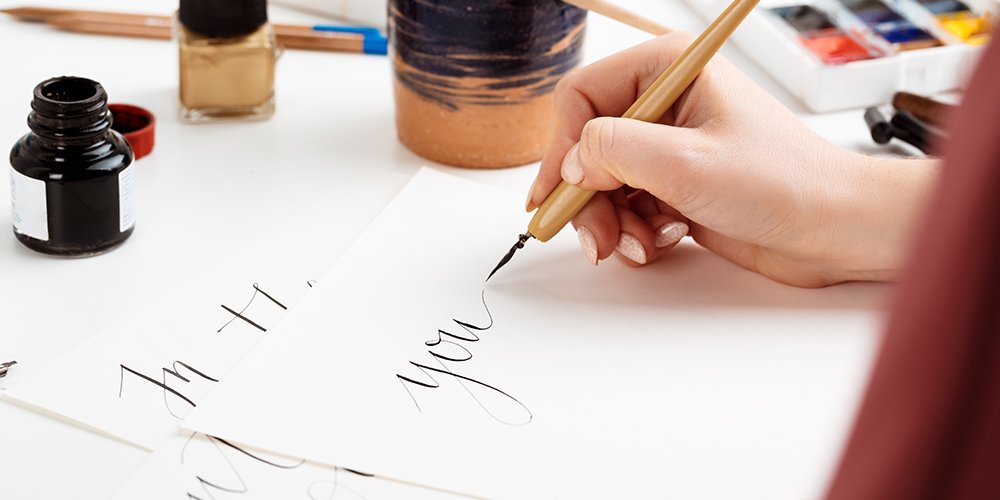
Best Writing Tools and Reward Charts to Encourage Early Writers Leave a comment
When a child holds a pencil for the first time, he starts shaping his thoughts, not just words. This is the moment when the journey of an “Early Writer” begins. As a parent or teacher, it is our responsibility to make this beginning easy, fun and inspiring.
In this blog, we will talk about the best writing tools that make writing easy and interesting for children, as well as reward charts that motivate them to keep going.
✍️ Early Writers: A New Beginning
Early Writers are children between the ages of 3 and 7 who are writing their first letters, words, and sometimes even sentences. At this age, writing is not a skill, but an experience.
And this experience is made even better when they are given:
- The right writing tools
- Exciting reward systems
- And lots of praise!
🧰 Best Writing Tools for Early Writers
In the early days of writing, just giving a simple pencil is not enough. Choosing the right tools can make a child's attitude towards writing positive.
- Grippy and thick pencils
For small hands, large-sized pencils with a soft grip are very useful. These not only make the child's grip strong, but are also comfortable for a long time.
Example: Faber-Castell Jumbo Grip, Apsara Big Buddy Pencil - Colored pens and erasable markers
Children love colors. If they have colorful markers or pens that can be erased in case of a mistake, then writing becomes a game for them.
Tip: Products like Pilot Fraxion Erasable Pens do not let children be afraid of mistakes. - Reusable Writing Boards
Apart from saving paper, these boards allow children to practice over and over again. Kids can erase and try again whenever they want – and that’s the real way to learn!
Magic Slate, LCD Writing Tablet – both are great options. - Letter Tracing Workbooks
Tracing letters early on helps a child learn hand movements and strokes. Using these books for 5-10 minutes a day can help your child gradually start writing on their own.
Tip: Choose workbooks based on the child’s age and interests – such as animal, fruit, or cartoon themes. - Digital Writing Tools (if appropriate)
Screens are a part of today’s world. Some mobile or tablet apps like “Writing Wizard” or “LetterSchool” can be good early practice platforms for young children – provided the time is limited and supervised.
🌟 Reward Charts: How to turn motivation into a habit
Keeping kids motivated requires more than just a tool, but also a good strategy. And Reward Charts work wonders for this.
⭐ How does a Reward Chart help?
- Motivates kids to try every day
- Turns writing from a “compulsion” to a “fun challenge”
- Encourages positive behavior
🔹 Useful Reward Chart Ideas
- Star Chart – Give a star for every successful attempt
- Sticker Chart – Make kids happy with colorful stickers
- Point System – Give points for every good writing attempt, which can later be redeemed for a favorite gift
🎁 Rewards should not be big, but should be to the child’s liking – like telling a favorite story, extra time to play outside, or a new colored crayon set.
🤝 Writing Tools + Rewards = Foundation for Success
When we use the best writing tools and provide incentives with a reward chart, writing becomes more than just a learning process – it becomes a form of expression for the child.
This balance motivates early writers to grow, learn, and be creative.
👨👩👧👦 Some important tips for parents and teachers
- Encouragement is the biggest tool: Words like "Wow!" or "You did a great job!" have a deep impact.
- Be patient: Every child learns at a different pace.
- Don't let writing become a burden: Make it fun with stories, games, pictures.
- Consistency is key: Practicing writing for 5-10 minutes every day builds confidence in the child.
✅ Conclusion
Having the best writing tools and the right motivation techniques for early writers not only improves their writing skills but also helps them become an expressive, confident, and creative individual. The right tools and a little love—that’s the power of a beginner.

